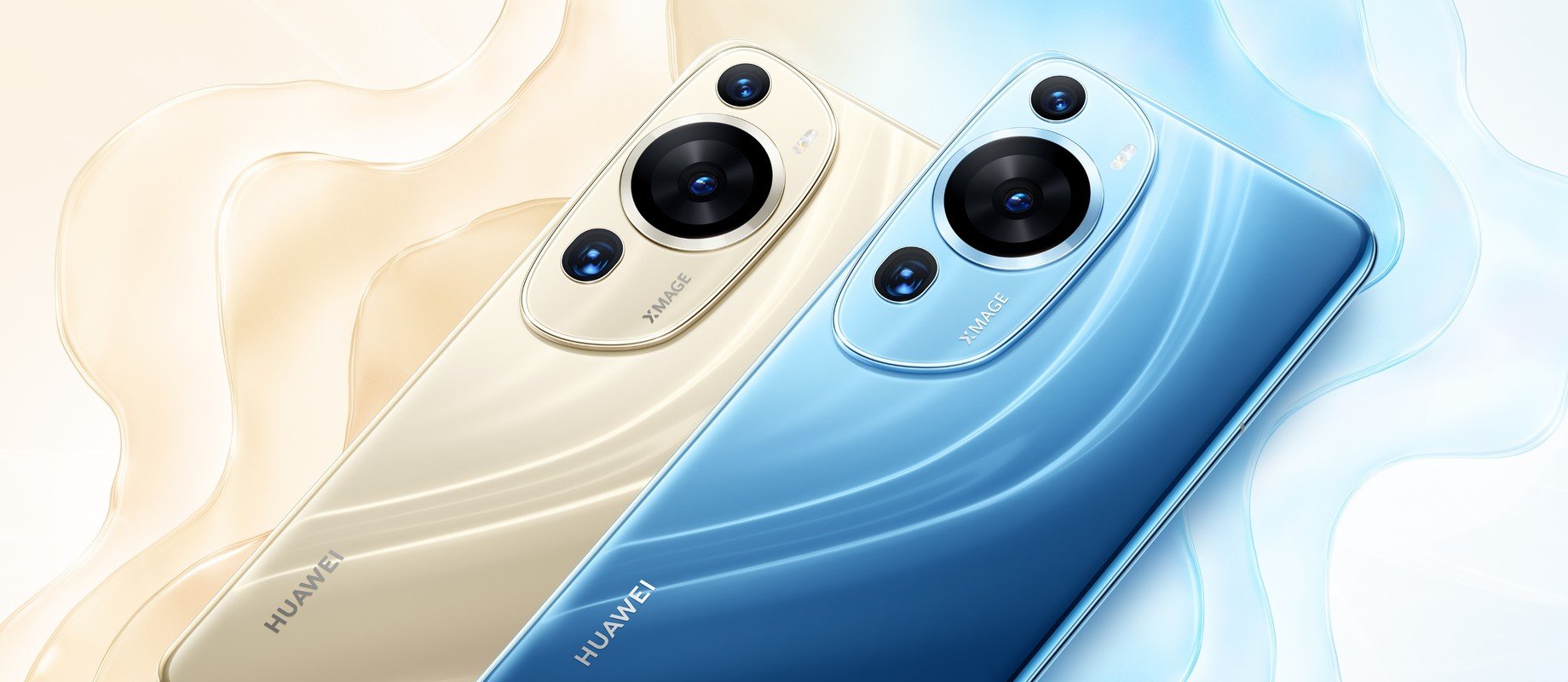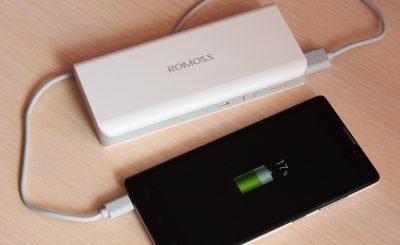Views: 3
Huawei’s New Chip Advancement Prone To Set Off Nearer US Examination, Investigators Say

SHENZHEN, China. Huawei new chip advancements’ leap forward in making a high level chip highlights China’s assurance and limit with respect to retaliating against U.S. sanctions, yet the endeavors are probable expensive and could incite Washington to fix checks, investigators said.
Huawei out of the blue uncovered the most recent Mate 60 Master cell phone last week during U.S. Business Secretary Gina Raimondo’s visit in China, as the public authority prepares a new $40-billion speculation asset to reinforce its creating chip area.
The Mate 60 Expert is controlled by its restrictive chip Kirin 9000s and produced by the nation’s top agreement chipmaker SMIC (0981.HK) utilizing a high level 7 nanometre (nm) innovation, as per a teardown by Ottawa-settled TechInsights.
Its discoveries and cases by early clients about the telephone’s strong execution demonstrate China is gaining some ground into growing top of the line chips, even as Washington has over the new years inclined up approvals to slice its admittance to cutting edge chipmaking apparatuses.
It “shows the specialized headway China’s semiconductor industry has had the option to make without EUV devices. The trouble of this accomplishment likewise shows the strength of the nation’s chip mechanical capacity,” TechInsights expert Dan Hutcheson said.
EUV alludes to outrageous bright lithography and is utilized to make 7 nm or further developed chips.
“Simultaneously, it is an extraordinary international test to the nations who have tried to confine its admittance to basic assembling innovations. The outcome may almost certainly be much more prominent limitations than what exist today.”
Jefferies examiners said TechInsights’ discoveries could set off a test from the U.S. Trade Division’s Department of Industry and Security, make more discussion in the U.S. about the viability of approvals and brief the Congress to remember significantly more brutal tech sanctions for a rivalry charge it is planning against China.
“In general the US-China tech war is probably going to rise,” they said in a note.
A U.S. The Division of Trade delegate didn’t promptly answer a solicitation for input on Tuesday morning.
Huawei declined to remark. SMIC and China’s State Board, which handles press inquiries for the benefit of the Chinese government, didn’t promptly answer demands for remarks.
LIMITED ACHIEVEMENT
The most progressive Huawei new chip SMIC had recently been known for making was 14nm, as it was banned by Washington in late 2020 from getting an EUV machine from Dutch firm ASML (ASML.AS).
However, TechInsights last year said it accepted SMIC had figured out how to deliver 7 nm chips by tweaking more straightforward DUV machines it might in any case buy uninhibitedly from ASML.
A few experts including Jefferies’ said there was likewise a chance Huawei new chip had bought the tech and hardware from SMIC to make the chip as opposed to doing it in joint effort.
Whoever is making the chip, Tilly Zhang, an examiner at Gavekal Dragonomics, made light of the achievement, referring to a low yield rate which reduces the quantity of useable chips from every wafer and raises costs, and new product controls forced by the Netherlands that will restrict SMIC’s admittance to more drenching DUV machine.
“They have recently shown that they will acknowledge a lot greater expenses than are ordinarily viewed as beneficial. It is just the blend of Huawei’s own enormous monetary assets and liberal government sponsorships that could permit it to sell telephones utilizing these chips at typical market costs,” Zhang said.
News agency covered Tuesday that China is set to send off another state-supported venture store that means to raise about $40 billion for its chip area, as the nation slopes up endeavors to find the U.S. also, different adversaries.
Some exploration firms figure SMIC’s 7 nm process has a yield rate underneath half, versus the business standard of 90% or more, and it would restrict shipments to around 2-4 million chips, insufficient for Huawei to recover its previous smartphone market predominance.
Jefferies examiners figure Huawei is planning to deliver ten million units of the Mate 60 Star, however it might battle to help that amount with China-made 7 nm chips.
All things considered it could go to 10 nm chips, however with an expected 20% yield, which alludes to the quantity of working chips on every silicon wafer, Jefferies said, it would be far underneath the 90% for most consumer gadgets.
“The (U.S.) controls are forcing significant expenses for delivering controlled innovations in China,” said Doug Fuller, a chip scientist at the Copenhagen Business college, adding that the Chinese government was able to pay the bill.
By Kingkentus








You must be logged in to post a comment.